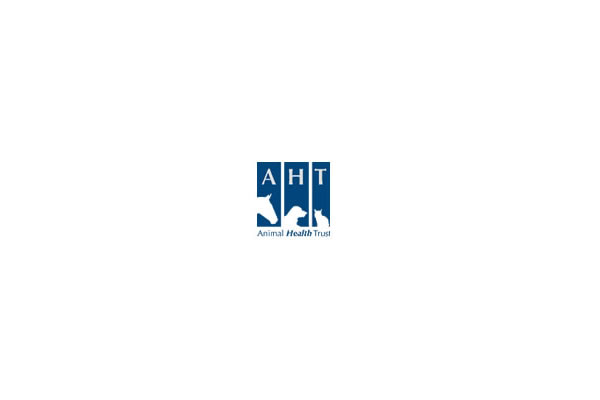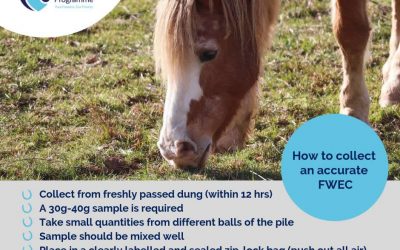
We have had a few foals born over the last few weeks. This little filly was born over the weekend.
She may look small and cute now, but she is a purebred shire and is expected to reach 18 hands! She was bred by the Bedfords at Chequer Hall Stud (Landcliffe Shires).
Standing 2 registered shire stallions and breeding nearly 40 mares last year, a few sleepless nights will still be ahead of them!
Behaviour and Cycling Mares
 Mares are ‘long day breeders’ meaning that they usually breed during late spring, summer and early autumn. Mares are also termed seasonally polyoestrous breeders, that means they cycle (have oestrous cycles) many (poly) times per year but only during the breeding season (seasonally).
Mares are ‘long day breeders’ meaning that they usually breed during late spring, summer and early autumn. Mares are also termed seasonally polyoestrous breeders, that means they cycle (have oestrous cycles) many (poly) times per year but only during the breeding season (seasonally).
A mare’s cycle (oestrous cycle) lasts between 21-23 days. During this time she will have 3-8 days of standing heat where she would be receptive to a stallion for breeding. A mare’s behaviour will change during her cycle. During the non-breeding or anoestrus period (winter) a mare will not show signs of “heat” or breeding as her reproductive system become less active. Each mare will show different behaviour during her cycle and so it is important that you become aware of your horse’s tendencies.
What are the signs of standing heat?
The signs of heat can differ from mare to mare and can be difficult to detect to the untrained eye. Teaser animals are often used to determine whether a mare is in season or not. Mares in season usually display one or more of the following signs: When approached they may squeal and attempt to kick Mares will often dribble small quantities of urine whilst holding their tails high One of the more obvious signs is of “clitoral winking” with the lips of their vulva
As the mare reaches the peak of the heat display period, she will often “show” continuously and almost demand attention from stallions. The mare may ovulate at some stage throughout the period of standing heat but this can be quite variable. Once the mare has ovulated she will cease to display the signs of oestrous and will in fact become quite aggressive.
Care must be taken at this point to avoid injury to the teaser or stallion. This stage is called “dioestrous” which lasts for 10 to 16 days upon which the mare will again commence her cycle. One of our vets will be able to provide further advice on breeding and cycling mares.
Our Zone Days
Please give at least 24 hours notice for zone visits as they are very popular and booked on a first come first served basis
WORM EGG COUNTS
Use our top tips to ensure you collect an accurate FWEC sample from your horse in order to get an accurate result …
Join our Horse Health Programme
The care your horse deserves
Equine Veterinary Centre
 Equine Veterinary Centre
Equine Veterinary Centre
Gap Farm
Moorhouse
Doncaster
DN6 7HA







